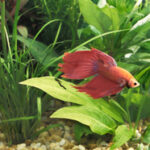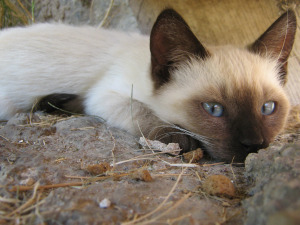The tree life has existed in almost every civilization and belief system in varying forms throughout time. Human beings as a whole have always recognized that trees are linked firmly to our survival as a race. Without trees it is doubtful other plants would be able to carry the CO2 conversion load of the earth. This belief is supported when we look at the results of deforestation worldwide, and still we cut them down. As a reminder of what we have clearly forgotten, I bring to you the Trees of Life Series, a look at the trees of life through out history.
For article one I choose my favorite tree of life, the Yggdrasil Tree.
The Yggdrasil tree is the most commonly known version of the tree of life and originated in Germanic paganism and Norwegian lore. Odinists and other followers of the Norwegian gods still honor Yggdrasil today.
Yggdrasil is most commonly considered a giant Yew tree, or an Ash tree. The tree holds together the nine worlds or plains of existence.
In the branches of the Yggdrasil tree is the realm of the gods, which holds three worlds. The first, Asgard is where the Æsir gods dwell, as well as Valhalla, the home of fallen warriors. The Well of Fates is also located in Asgard where the Norns weave fate. The Norns also water Yggdrasil from the wells’ waters. The second world, Vanahiem is the home of the Vanir. The Vanir are gods as well. At one point the Æsir and Vanir were separate tribes who were at war, but in the end they unified making one group of Gods. The final world within the branches of the Yggdrasil tree is Alfhiem, the home of the elves. The elves were said to be the keepers of nature, and were minor gods themselves.
At the base of Yggdrasil is the realm of mortals, which also contained three worlds. The first connect to Asgard by a rainbow bridge, is Midgard where we the humans dwell. Midgard is also sometimes called Middle Earth. Next we have Jotunheim, the land of the frost and rock giants. The giants are the enemy of both humans and the gods of Asgard. The well of knowledge is located in Jotunheim, guarded by a giant of course. Those who drink from the well gain all the worlds’ knowledge, Odin gave an eye to drink from the Well of Wisdom. The final world is Svartalfheim. The dark elves live in Svartalhiem underground. Some believe these “black elves” are actually dwarves. They are epic blacksmiths and warriors.
The final realm which lies in the Yggdrasil Trees’ roots is the realm of the dead, which again contains three worlds. Niflheim is said to be nothing but a frozen wasteland of mist. Niflheim is one of the primordial worlds, which brings us to the second world Muspelheim, where the fire giants dwell. It is said creation began between Niflheim and Muspelheim, born of the ice and fire. The final world is Hel, or the home of those who did not die honorable deaths and go to Valahalla. The Roaring Cauldron well is located in Hel, which is the source of all the worlds’ rivers.
The Yggdrasil Tree is also home to a variety of animals. At its peak sits an eagle with a hawk between its eyes. These birds watch over all the worlds. In the trees branches four stags run, and eat from the trees leaves. The four stags represent the four seasons, and moon phases. Intertwined in the Yggdrasils roots, dwelling above the Well of the Roaring Cauldron is a massive dragon named Níðhöggr, who gnaws at the trees’ roots. Níðhöggr is said to fly out and attack the gods at Ragnarok, or the end of the Gods, and the rebirth of time. Lastly there is a red squirrel named Ratatosk who runs up the truck delivery spiteful messages between the eagle and the dragon. Some feel he is a metaphor for humanity running between evil and good.
The Yggdrasil tree itself a metaphor for life, time, the human soul and the interconnection of all things; its no wonder the Norwegians chose a tree.
Be sure to check back for article two of the Trees of Life series on the Sacred trees of India.





